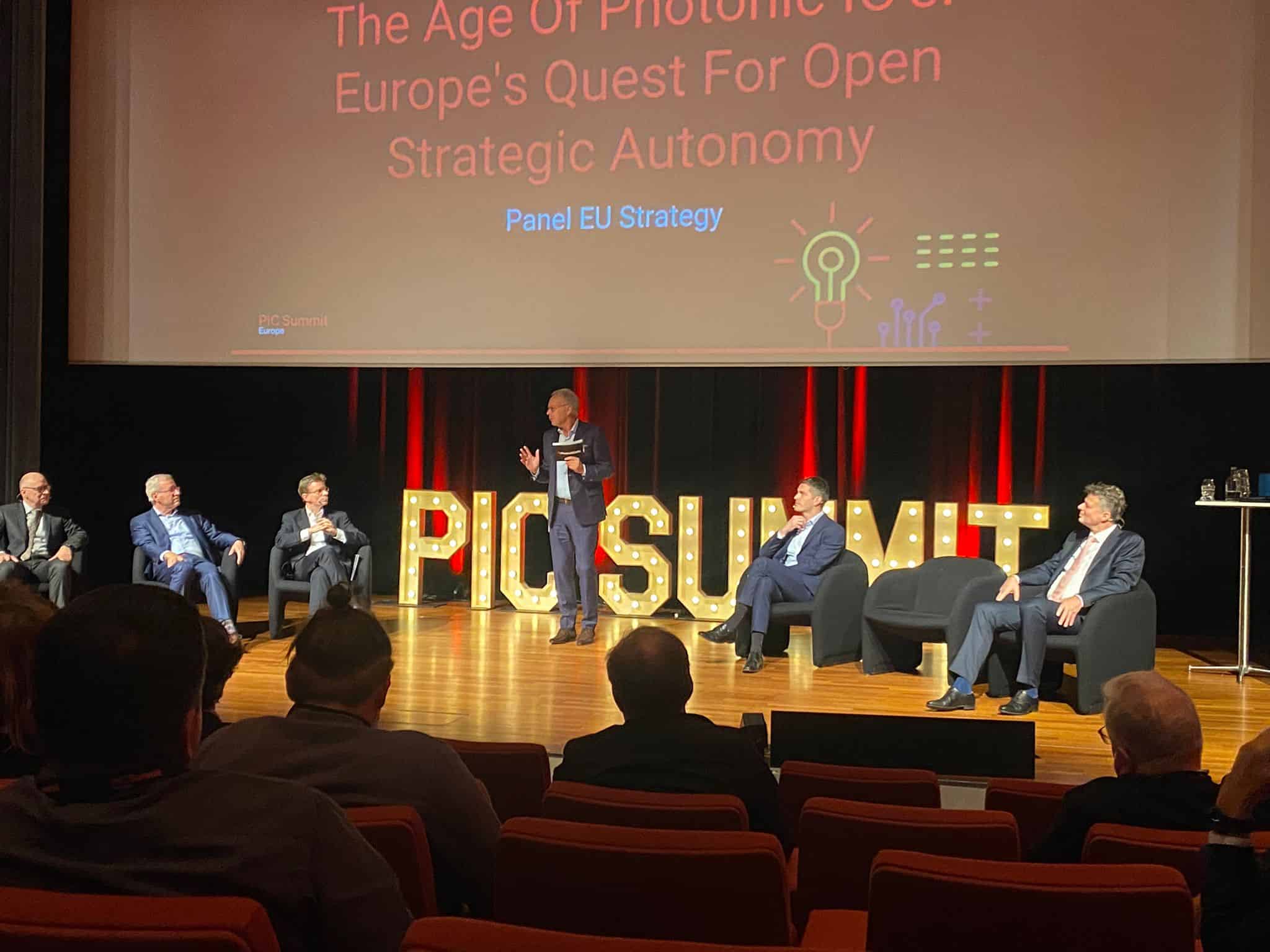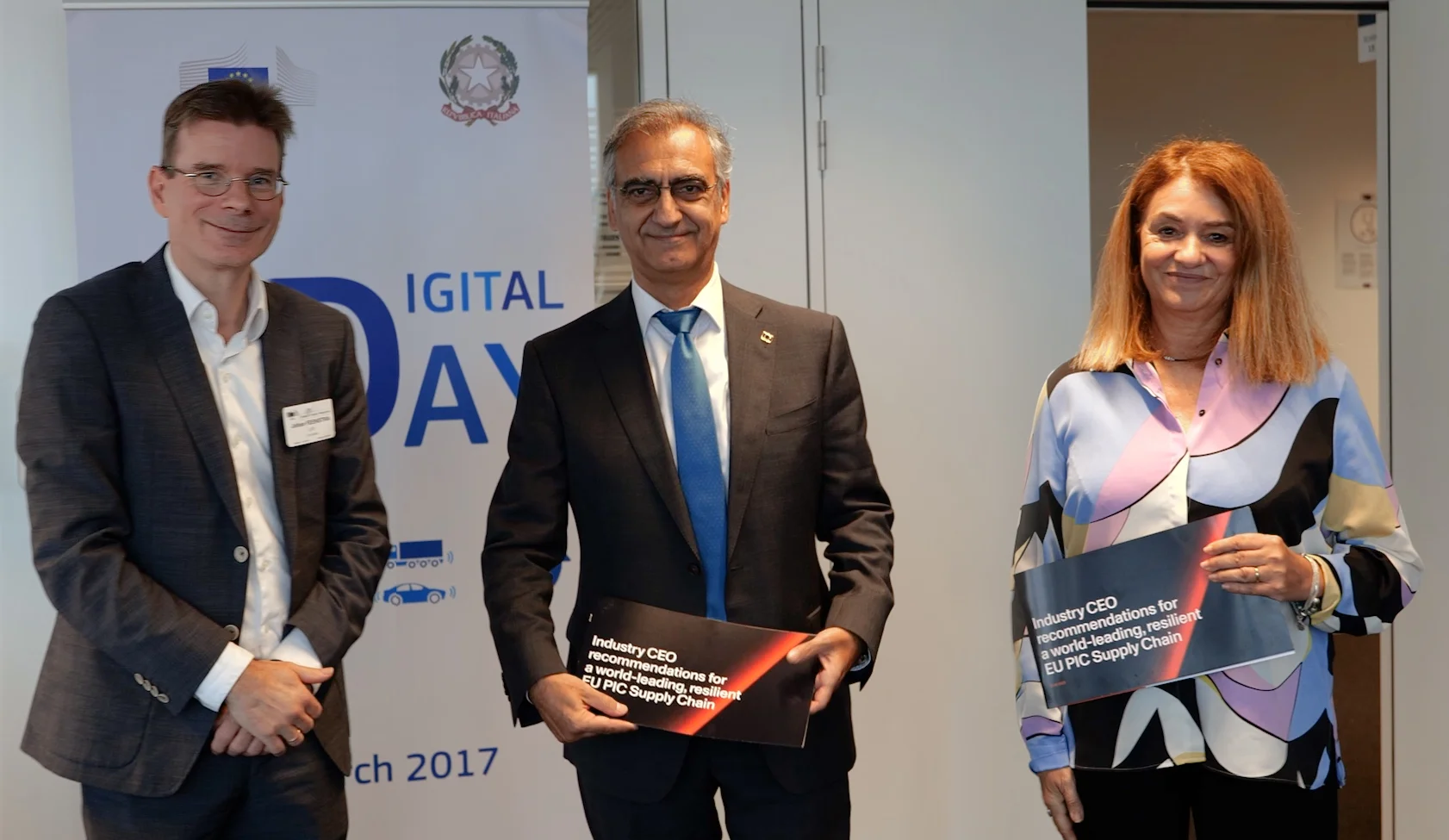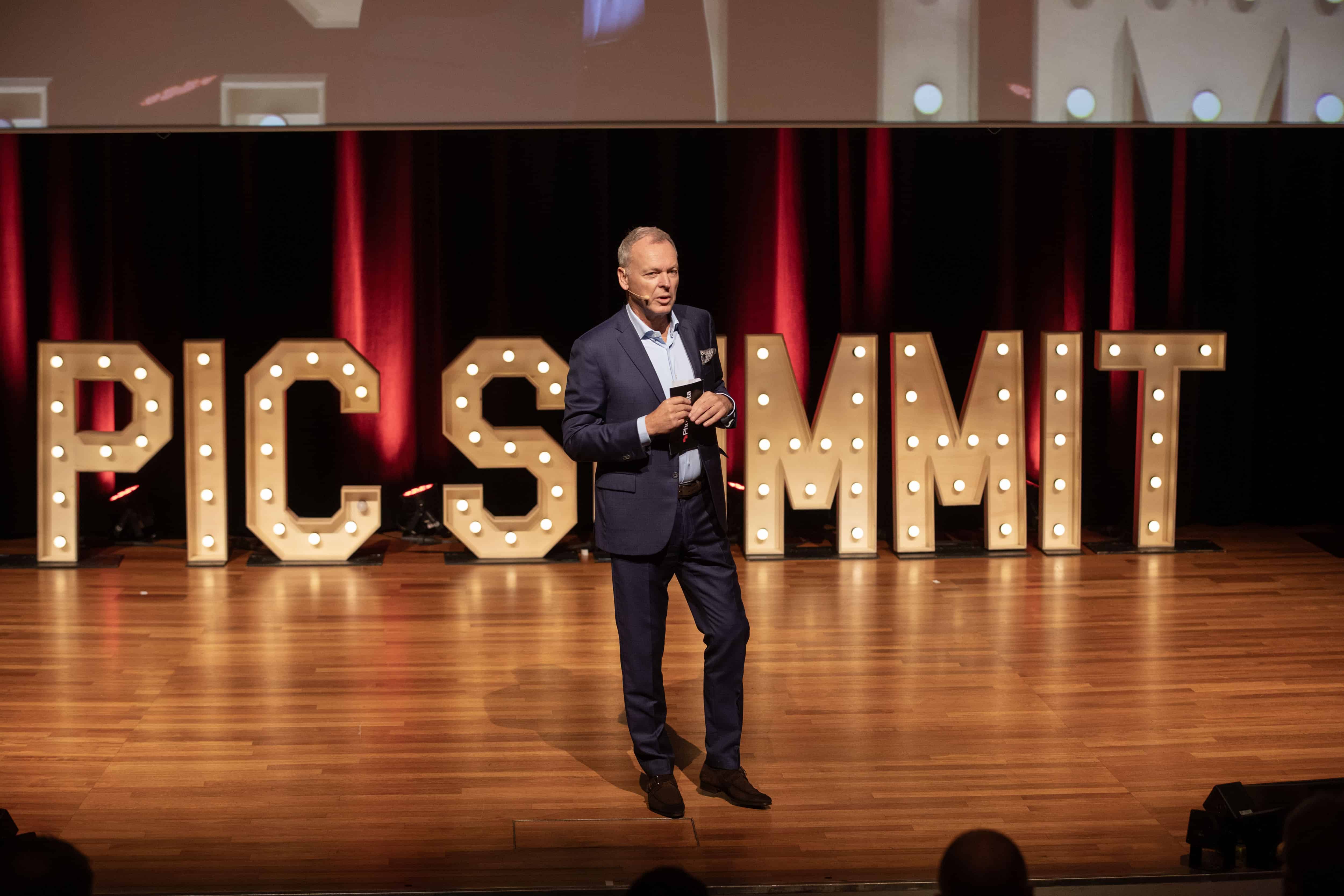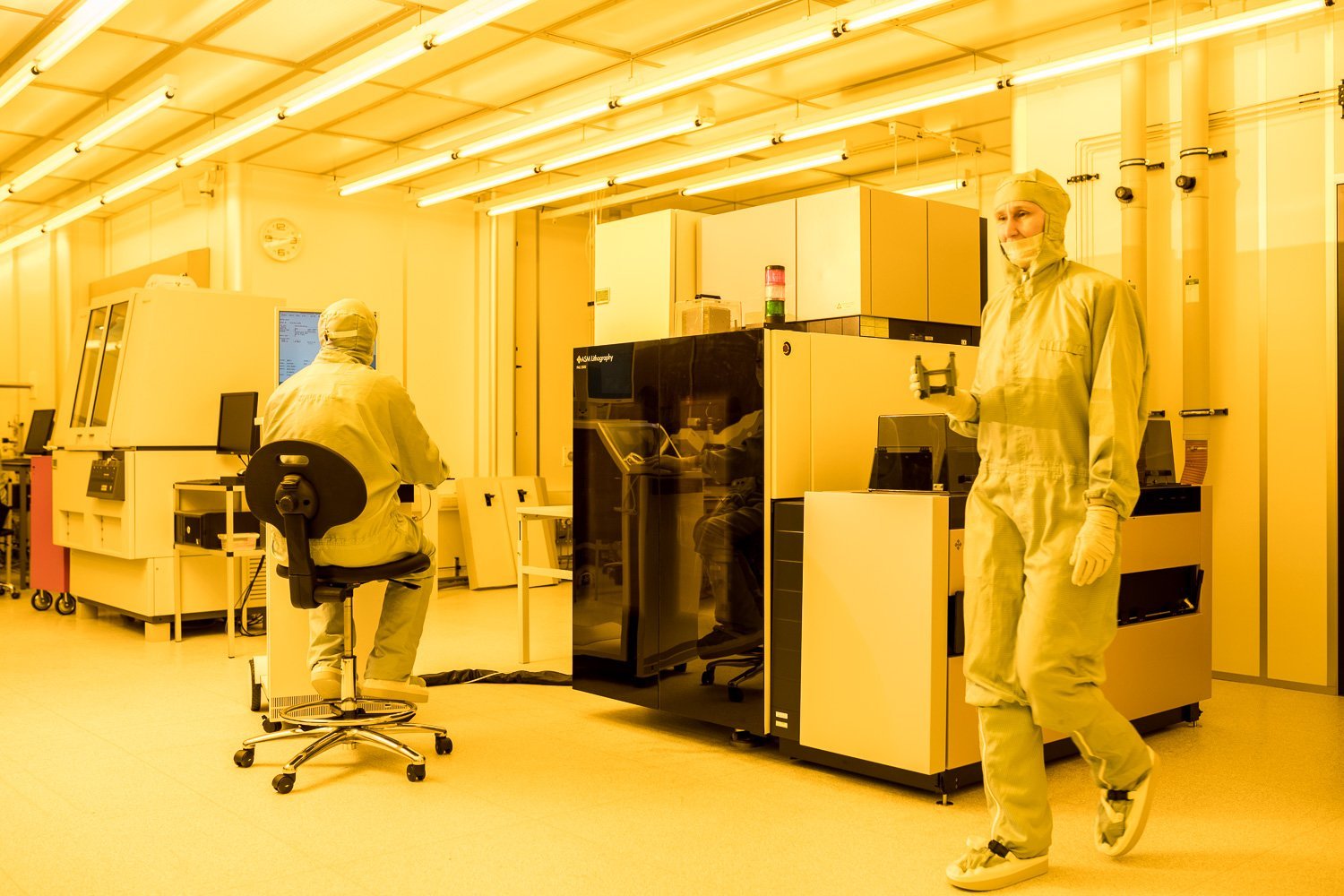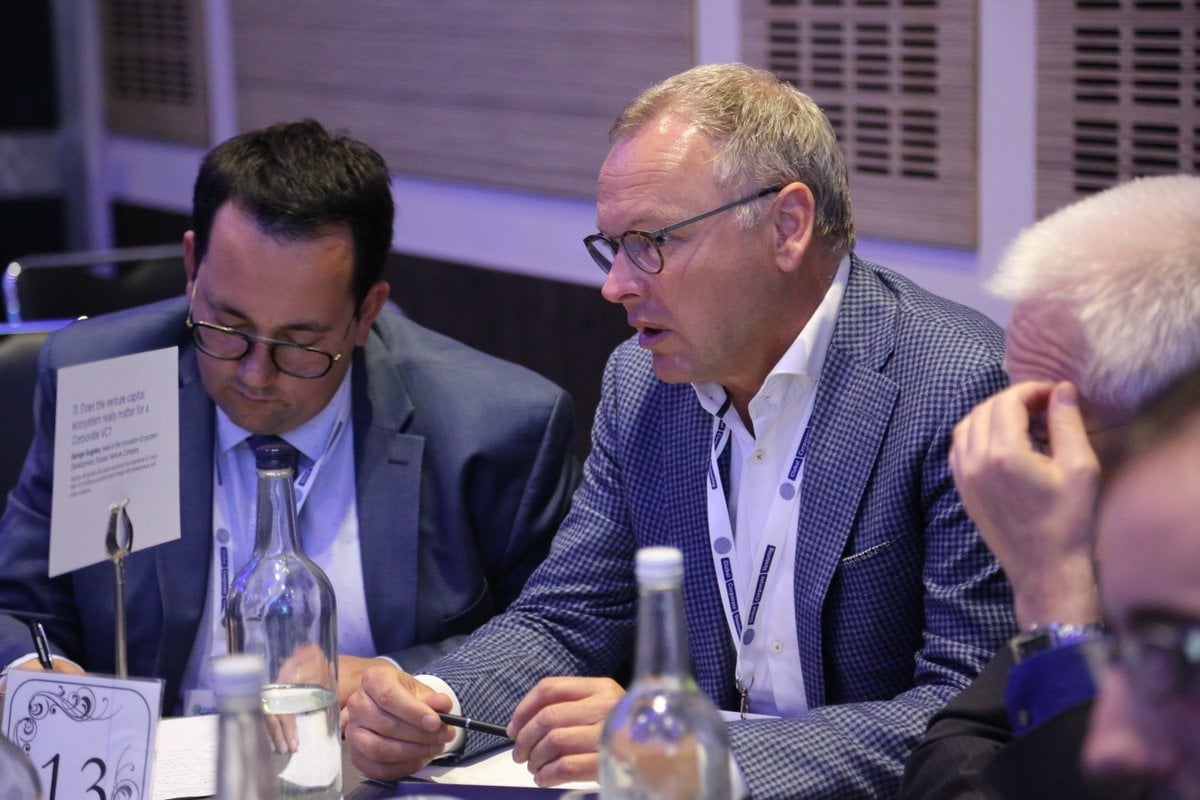
To accelerate the development of the Dutch photonics industry, a ‘one-stop-shop’ for the development and manufacture of integrated photonic chips should be created. Today, Friday, July 13th, PhotonDelta hands over an 8-year plan with that mission to Mona Keijzer, the Netherlands State Secretary for Economic Affairs & Climate.
Jonathan Marks spoke with Ewit Roos, Managing Director of PhotonDelta, about the plans and how public and private funds will be allocated later this year.
“We have been visiting many photonics companies that make up the entire supply chain. For many, a financial stimulus is needed to allow these companies to scale-up to the next level, as well as more trained engineering capacity at all levels of competence. So, from chip design right up to final module assembly.”
Roos sees two types of pressure coming from the market:
1. Technology Optimization Pressure
“We have identified the weak spots in the current supply chain which are primarily related to production. The bottom line is that cycle times need to come down, as well as the manufacturing costs. Many companies can produce in small quantities. But the whole process needs to become faster, more predictable as well as delivering a more reliable product. We can talk for ages about development strategies, but this is what customers need now and in the next few years.”
2. Responding Faster to Customer Pressure
“Many people in the industry know what needs to be delivered for sectors like datacentres to cope with exponential growth. There are already some very large customer commitments made in the supply chain or in the platform. So, as well as a technology optimization pressure, there’s also customer pressure. If your company cannot deliver, then it reflects badly on the whole photonic ecosystem in the Netherlands. And we need to address that.”
René Penning de Vries, chairman of PhotonDelta Public Private Partnership, speaks about Roadmap development for Next Generation Photonics, Infrastructure Support, and Strategic Application Development. Do you already have programs and roadmaps?
“Not yet in detail, but we have developed outlines for data centers, telecom networks, and 5G. We have started fruitful discussions with major industry players who are sharing with us the broad direction they expect from research. But at the same time, researchers still need to have the freedom to explore and discover the challenges they are meeting within the roadmaps and develop unchartered territory. The balance between the two will be important for the wise use of public funds.
And secondly, and that’s very important, we are working very closely with a broad range of European equipment manufacturers. Because once you know what you want, you must be able to make it reliably, in quantity and to strict delivery deadlines. We’re tapping into the expertise we have built within the PhotonDelta cooperative, which is a trusted European network including leading companies like Demcon, Prodrive, and Physik Instrumente BV.
By December 2018, we intend to have at least four major roadmaps budgeted for and with committed partners on board. Data centre/telco will be one of those. But you can also think about LIDAR, or the sensor systems that are needed by agriculture, medical, aerospace, and the food processing industries.
And then we have the fourth pillar and that’s basically about the Dutch Photonics ecosystem development and understanding its real economic value. We want to make sure that we attract new companies creating spinoffs and spinouts that can collaborate with other sectors. Several large Dutch hospitals have already said they want to explore the development and manufacture of new surgical tools that make procedures possible that are impossible today.
“Several large Dutch hospitals have already said they want to explore the development and manufacture of new surgical tools that make procedures possible that are impossible today.”
We’re establishing better, simplified ways in which companies can test, validate, and modify their applications alongside those with domain expertise in that industry. That’s a major set of assets in the Netherlands. Our ‘delta’ is compact and connected.
We are fortunate that we have some major players in the chemical and materials industry, we have great academic hospitals which are very advanced in photonic enabled applications for surgery. Within the next two years, colleagues in Wageningen are building several digital innovation hubs to understand, monitor and control plant growth and yields. And we are the third country in the world when it comes to the datacentres. We see a lot of cross-overs, and discussions are ongoing. We are currently reaching out to others to join.”
How will you organize these activities?
“We’re going to grow PhotonDelta into an independent public-private consortium. Its program office consists of a core team of people with relevant deep domain knowledge to lead the calls for participation, as well as evaluate and approve. The exact form is being discussed during the summer, with a goal that by 4th October 2018 we are ready to sign a covenant with funders, forming the PhotonDelta Public Private Partnership. We need to formalize the financial contributions both in cash and in-kind from the Dutch government and industry.
“The global market wants products that are reliable and perform to the required specification. We can provide for a particular application the best solutions in terms of turnover and performance.”
We want to execute the national plan which is basically a one-stop-shop for complete photonics solutions and production. The global market is agnostic when it comes to whether the technology is based on Silicon, Indium Phosphide, Triplex, Gallium Arsenide, or any hybrid you care to mention. They want a product that is reliable and performs to the required specification. And in large volume industries like datacom, they are very conscious about the price, the cost per Gigabit. So, we’re not pushing a particular technology. We’re simply saying with our suite of technologies, we can provide for a particular application the best solutions in terms of turnover and performance. And we can also tap into the vast experience from the semiconductor industry because photonics needs to work in harmony with electronics. One does not replace the other.”
How about the financials?
“Around €220 million has been set aside as the first installment to implement the agenda as described in the National government plan we submit on July 13th. A significant portion of this is in cash, some of it is in kind. Once a project is approved by the government, then we look at the best methods for structuring support within the consortium partners. For instance, let’s say a spin-out project requires a loan over a 3-year period to fast-track a particular innovation. Once approved by PhotonDelta, then we look to our partner network.
In this case, the best expertise around funding is in the business development units within the provinces of Overijssel, Gelderland, and North Brabant. These three provinces have backed us from the beginning both nationally and through Inter-regional funding schemes supported by the European Commission. We save time because the provinces entrust PhotonDelta to do the due diligence on the project, since we have the domain expertise within the public-private partnership. The key to success is to attract the right partners at the right moment to our consortium. But we also get engaged in support of especially applications-driven research.
This funding is in addition to funds set aside for fundamental research in the Netherlands, of which about 90% which is funded by the Netherlands Organisation for Scientific Research (NWO). And during the course of this year, NWO is announcing a new streamlined funding procedure.”
PhotonDelta has also taken the initiative to drive the European Photonics Alliance. Does this fit into a Dutch national photonics plan?
“It fits perfectly because the EPA is all about identifying Europe’s brightest companies in photonics and matching them to relevant organizations. Around 23 European regions have put photonics technologies in their list of priorities. Inter-regional co-operation is needed because sharing facilities and know-how are essential. We need to avoid wasteful duplication of effort and to reduce the time it takes products to get to market. I’d also like to acknowledge the valuable input we have been getting from industry organizations including PhotonicNL and the European Photonics Industry Consortium (EPIC).”
What role will partners like TNO play?
“TNO, the Netherlands Organisation for applied scientific research, is very much on focused technology transfer and are important partners for the plan. They always have a priority with the customer. The user has a challenge and TNO is expected to come up with a technical solution. For that, they sometimes dive deep into the academic research or sometimes it is just more mix and match of different technologies. But they always have an application in mind. This approach is intrinsically different from any technology push like you see in academia or other institutions elsewhere in Europe.
As a national organization, TNO is focused on 22 different roadmaps. They cover many topics, from defense to space, right through to behavioral sciences. In the high-tech sector, TNO has four technology roadmaps, and photonics will become a fifth. TNO will be making sure that research knowledge in the Netherlands is transferred as fast as possible to match industrial requirements. TNO is also involved in the valorization of the Dutch photonics ecosystem, so we better understand the intrinsic value of a company or invention.”
How will this national plan be seen internationally?
“This is Dutch public money and needs to be spent here. But that doesn’t exclude companies from elsewhere in the world tapping into that development and manufacturing capability. For example, during the recent World Technology Mapping Forum which we co-organised in June 2018 in Enschede, we heard that the Photonics Agritech sector in Australia and New Zealand is looking for European partnerships. They need a fab to build their chips and one which respects their intellectual property rights. We also think that what we’re building here is definitely of interest to the members of the European Photonics Alliance and members of photonics21.org.
Photo (c) Jonathan Marks



